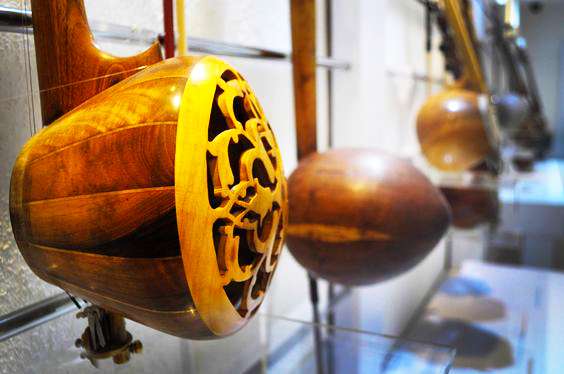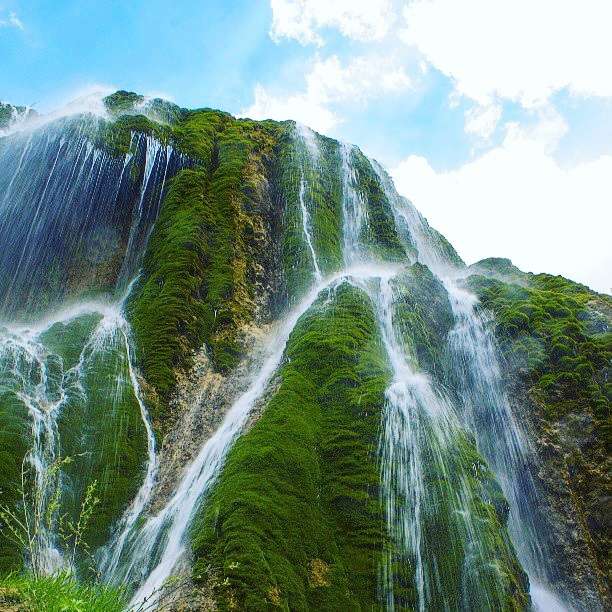Tourist Attractions & Activities in Isfahan Province
Isfahan Province
Isfahan Province is located at the center of Iran, owing its prosperity in large part to its river, Zayande Roud, which is the largest river in central Iran. Isfahan has been one of the important areas of Iran since 7th century BC when it was a part of the territory of Elamites. The early settlements in Isfahan date back to 4000 BC and the relics found in Tape Sialk in Kashan (one of the cities of Isfahan) indicate the history of urbanization in this region from 7000 years ago. The province grew during the history, when it became the capital of three prominent dynasties such as the Ziyarid dynasty from 930-935, Seljuk dynasty from 1051-1118 and the powerful Safavid dynasty from 1598-1736.
Isfahan Province, covering an area of 107,018 sq. km, is the sixth largest province in Iran. It has a population of more than 4,879,312 according to 2010 national census. It comprises 17 sub-provinces and 60 towns housing various ethnic groups and tribes. Accordingly, various regional festivals such as the rose water festival and Qali Shouyan are held in different parts of the province.
It is bounded by Semnan and Qom from the north; South-Khorasan from the east; Yazd, Fars and Kohgiluyeh va Boyer-Aḥmad from the south, and Chahar Mahal Bakhtiari, Lorestan and Markazi from the west. Being a very vast province, Isfahan consists of both mountainous and flat lands. The central Zagros mountain range lies on the western border of the province, and the Karkas mountains extend from the west of Kashan to Nain. Its general climate is moderate and dry; however, according to the location of the mountains, the province is divided into three topographic regions: semi-humid, arid and semi-arid.











